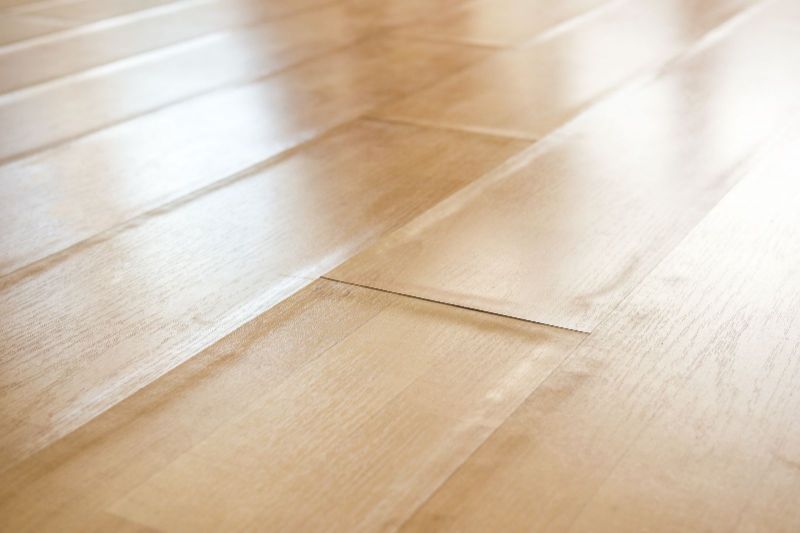If you’ve ever been a victim of a flood, you know how much damage can be caused to your home. Many assume that simply dabbing up the water with a few towels and setting out a fan will do the trick, but this is not the case. If the pipes in your home have split during the first cold snap or your water heater has exploded from old age, you are going to need the help of the professionals who know how to get the job done right. One way in which the water damage restoration pros get the job done is by understanding how water affects each part of your home and if that item will respond to restoration. One such home element that should be paid attention to is your laminate flooring.
What is Laminate Flooring?
Laminate flooring has become a popular building element homes throughout the years. Why? It’s resilient, low maintenance, and it looks great for years to come. However, if it gets wet and isn’t dried right away it will become warped and permanently damaged.
Symptoms of Laminate Floor Water Damage
Because laminate flooring is resilient, you will most likely know when it is damaged. If you walk barefoot, you will quickly become annoyed with discomfort damaged laminate causes to the bottom of your feet. Signs of damaged laminate flooring include:
- Swollen edges
- Cupping
- Crowning
- Buckling
- Cracking splitting
If you see any of these signs and you were recently the victim of a flood, you should not only replace your flooring, and call your local disaster response company right away, but get to the root cause of the water damage.
Water Damage Restoration Steps
Find the Cause & Stop It
In many cases, the cause of the water damage may be obvious: a broken washing machine that has created a tiny lake on your floor, a dishwasher bubbling over with suds, or an overflowing sink. In some cases, however, the cause may be less obvious. If your dishwasher has been overflowing, but not overtly, or your pipes are leaking you may only be aware that it is happening when your laminate flooring begins to show signs of damage. In short, the water damage restoration process will only be successful if the cause of the water damage is found and eradicated.
Access the Damage
After you’ve identified the cause, you must examine the area to see how much damage has actually occurred. Unfortunately, if you have experienced water damage, you will need to get rid of your laminate flooring.
Pry It Up
Once you know how much of your flooring you can salvage and the extent that has to be replaced, it is time to pry up the damaged laminate: For best results, remove one plank at a time. You may also need to replace the sub-flooring. Your water damage restoration expert will be able to help you determine the reach of the damage.
Replace the Floor
Next, you will need to replace the damaged flooring. Before you start installing your new laminate flooring, you must clean the floor underneath. Another “pro tip” we give all of our clients is to have a mold test performed.
Mold Testing
Depending on how long the floor has been wet will affect the likelihood of mold developing. If the floor has been sitting in water for awhile, the greater the chances of mold growth. Mold can not only cause extreme health distress, but can also destroy the structural integrity of your home as well. Making sure that you are mold-free will give you peace of mind knowing that you won’t have to tear out your initial repairs and of course invest more money.
Need Water Damage Repair?
Are you looking for a water damage restoration company that you can trust? True Renu provides professional and compassionate water damage repair services. We understand how stressful it can be to come home to a mess, wonder how much it is going to cost you, and if the insurance will pay for it. The restoration experts at True Renu would love to help you get back on your feet as soon as possible. Visit our website to learn more about our services!

